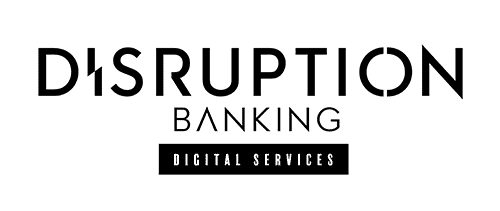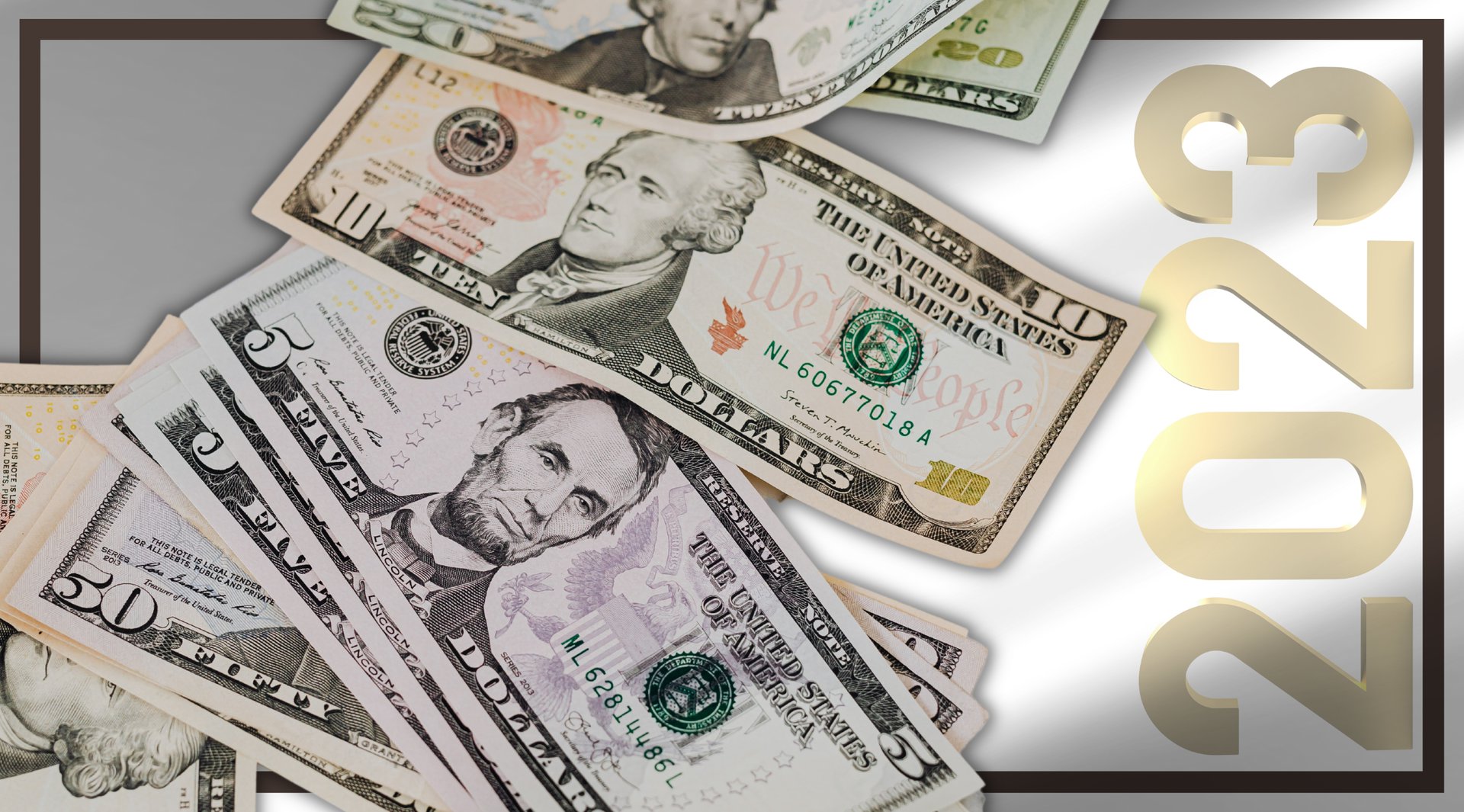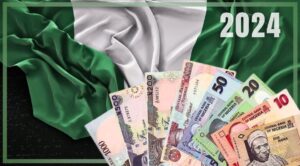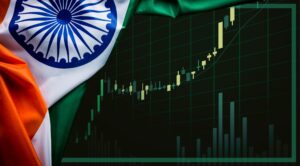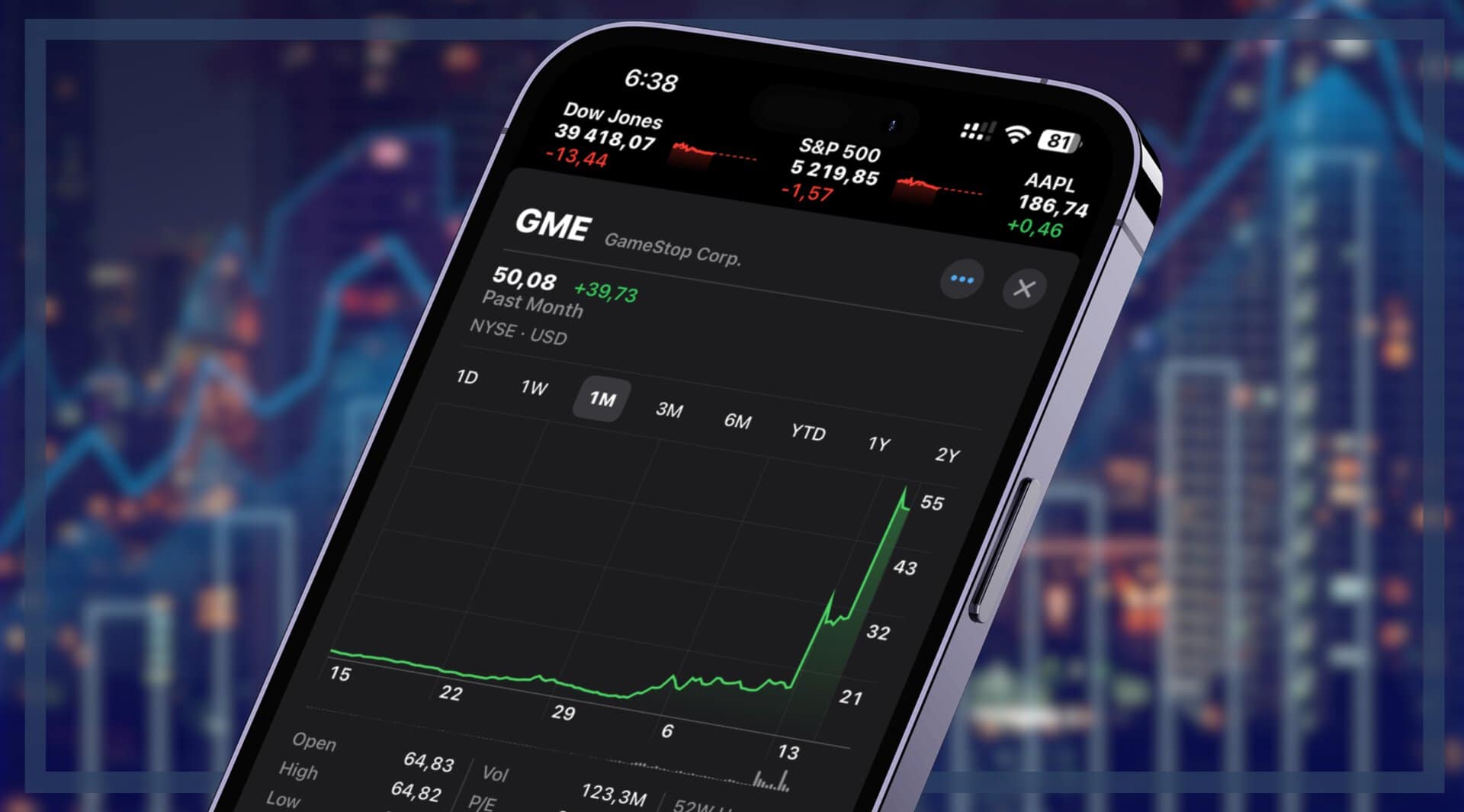2022 was a historic year for the US Dollar – a year in which the greenback appreciated over 12% and reached two-decade highs. This strength, which at one point saw the dollar worth more than the euro, was driven by several macroeconomic and geopolitical factors.
For one, elevated inflation in the States, which peaked at 9.1% in June 2022, prompted the Federal Reserve to hike rates aggressively. An era of high interest rates in America – rates currently stand at 4.5% – made the dollar very attractive for foreign exchange traders. They were (and are) obtaining higher yields for holding what is considered to be one of the safest financial assets in the world.
Because of the US Dollar’s safe haven status, investors also flocked to the greenback in the midst of the uncertainty provoked by Russia’s invasion of Ukraine.
Is The U.S. Dollar The Global Safe Haven?. https://t.co/yZgUlsyQX6 #finance #business #stocks
— Seeking Alpha (@SeekingAlpha) May 11, 2022
Since September 2022, the dollar has trended weaker, but remains at significantly elevated levels. What can we expect for the US dollar throughout 2023? There are likely to be three main drivers of the US dollar’s performance this year.
Inflation
As a result of the quantitative easing (QE) and stimulus packages that were used to support global economies during the coronavirus pandemic, 2022 was a year of high inflation. Although most economists expected inflation to be a fleeting, “transitory” phenomenon, inflation reached decades-high levels in many major economies, including in the States. This meant that central banks had to use the blunt tool of interest rate hikes in a bid to bring inflation back down to target levels. The fact that the Federal Reserve was one of the most hawkish central banks of inflation meant foreign exchange traders were gaining lucrative yields on the US dollar, leading to capital flight out of many other currencies and significantly boosting the dollar. The pound sterling and Korean Won were just two currencies to be battered by this trend.
There is evidence to suggest that the Federal Reserve is beginning to ease off further interest rate hikes. New senior officials at the central bank have struck a more dovish tone and emphasised the importance of achieving maximum employment, rather than focusing solely on inflation levels. Federal fund rates future markets are now forecasting that the Fed will start to cut rates in the third quarter of this year. If inflation does come down as expected – and it is a big if, given how wrong economists were previously – this should mean the Fed gradually moves to bring rates down. In turn, this should allow other currencies to start regaining ground against the dollar.
In 2023, it appears that the #Fed will strike a more dovish tone and ease off talk of further hikes. While any lowering of rates are unlikely to come before 2024 at the earliest, this should give #KRW some space to make gains.https://t.co/Yy0NX5eHgx
— #DisruptionBanking (@DisruptionBank) January 6, 2023
Geopolitical Tensions
As 2022 demonstrated, one of the dollar’s most important qualities is that it is a safe haven currency. In times of major geopolitical tension, investors tend to flock to the safety of the US dollar as a hedge against market volatility.
Of course, it is impossible to predict when, and in what form, geopolitical tension will emerge – but it is unlikely that 2023 will be as dramatic as 2022. Markets have now largely priced in the economic impacts of the war, although would likely panic at any sign of major escalation, such as the use of nuclear weapons. While this strategy was undermined by the “spy balloon” saga with the States, China seems to be trying to take a more diplomatic approach to global politics as it emerges from a three-year isolation – as seen with its rapprochement with Australia.
These trends mean that the dollar’s safe haven attraction is likely to be lower this year. A higher risk appetite could encourage foreign exchange traders to look more closely at emerging markets or other G10 currencies. However, with the international scene as unstable as it currently is, it would not take much for investors to take fright and head back to the safety of the US dollar.
Economic Growth
According to Bloomberg, most economists are expecting higher interest rates in the States to be one of the factors behind a recession this year. The unemployment rate is expected to rise to 4.9% in early 2024, significantly above the Fed’s target rate of 4%. If this plays out as expected, there could be more pressure on the Fed to ease rates quicker than the markets are currently pricing in. Lower interest rates are seen as boosting economic growth, increasing investment by making it cheaper for businesses to borrow money for expansion.
ECONOMY: Bank of America predicts a recession in the United States in 2023
— The Spectator Index (@spectatorindex) December 9, 2022
Lower interest rates in the States, relative to other international currencies, would feed into a weakening of the dollar on foreign exchange markets. However, in this context, there would also be the risk of inflation not being brought under control – potentially leaving the door open to even higher inflation in the future. To minimise this risk, it is likely that the Federal Reserve will instead see the rate cycle through. In 2023, this would mean that rates remain at higher levels but start coming down towards the end of the year, potentially keeping the dollar at relatively strong levels – but not at their 2022 highs.
What will this all mean for the dollar? JP Morgan predicts that the dollar will finish the year at 1.20 against the pound, 1.10 against the euro, and 135 against the Japanese Yen. This would represent a weaker performance than a historic 2022. However, it would be risky to suggest that the era of dollar strength is over for good.
Author: Harry Clynch
#USD #GBP #EUR #JPY #ForeignExchange #Inflation #InterestRates
